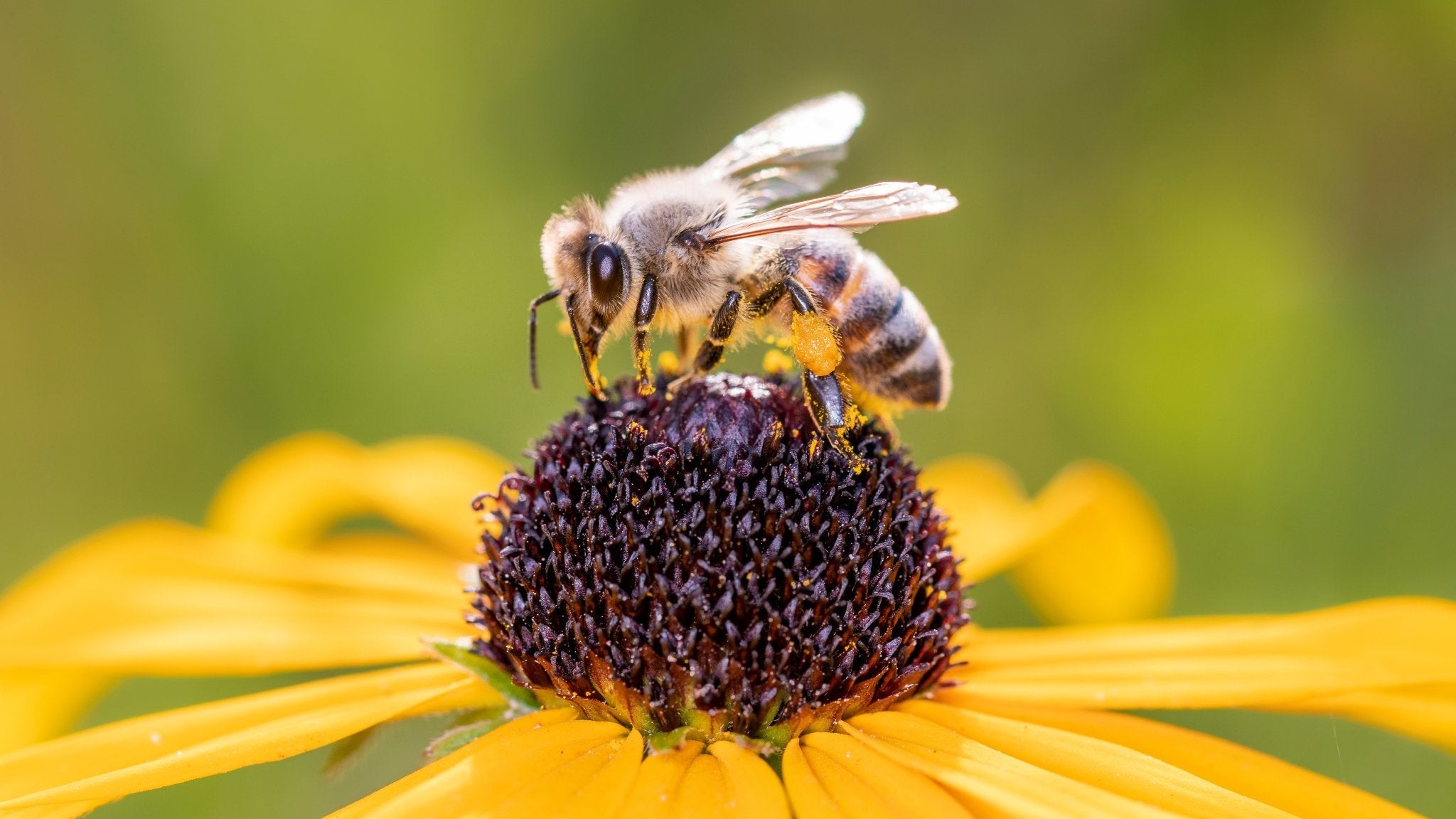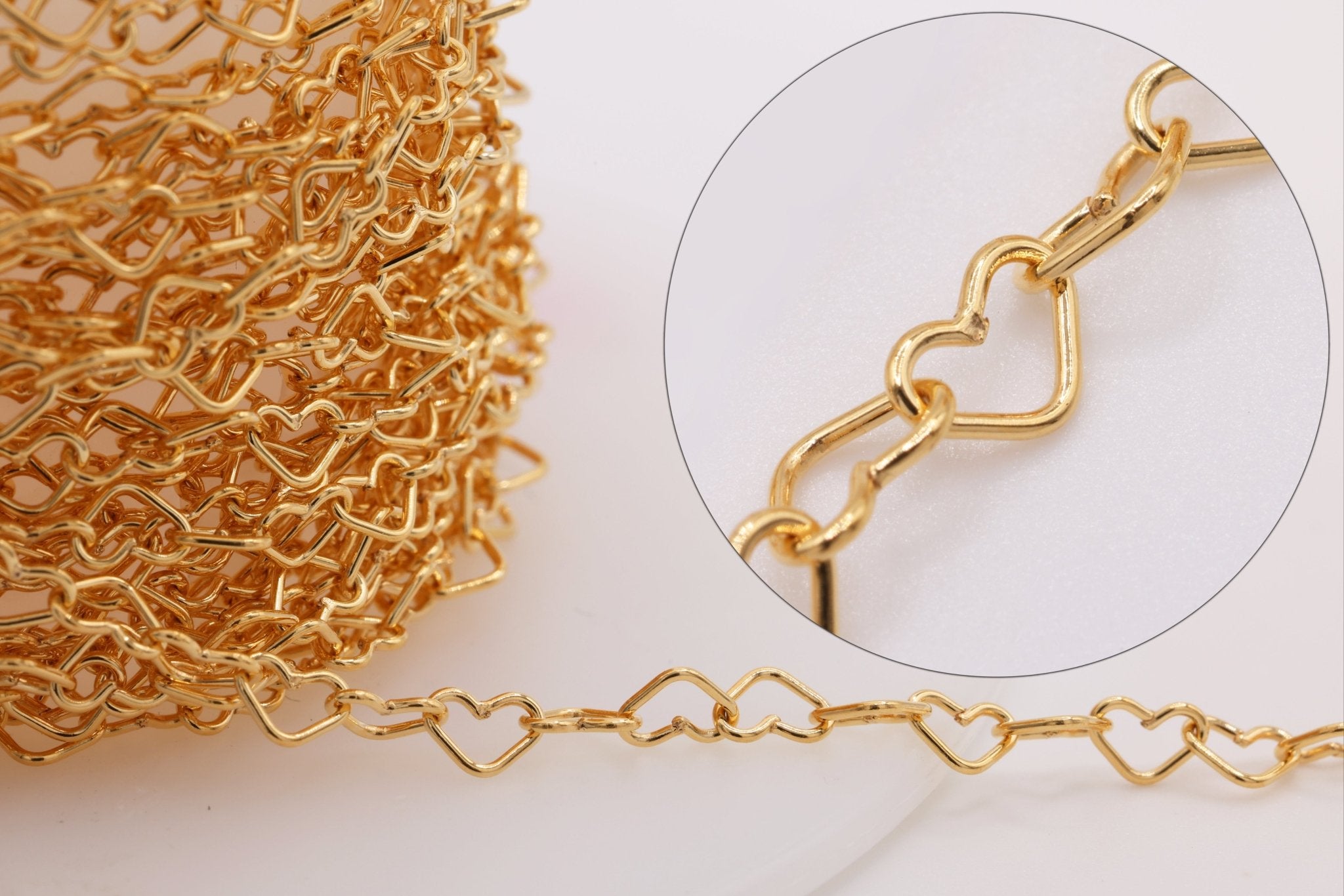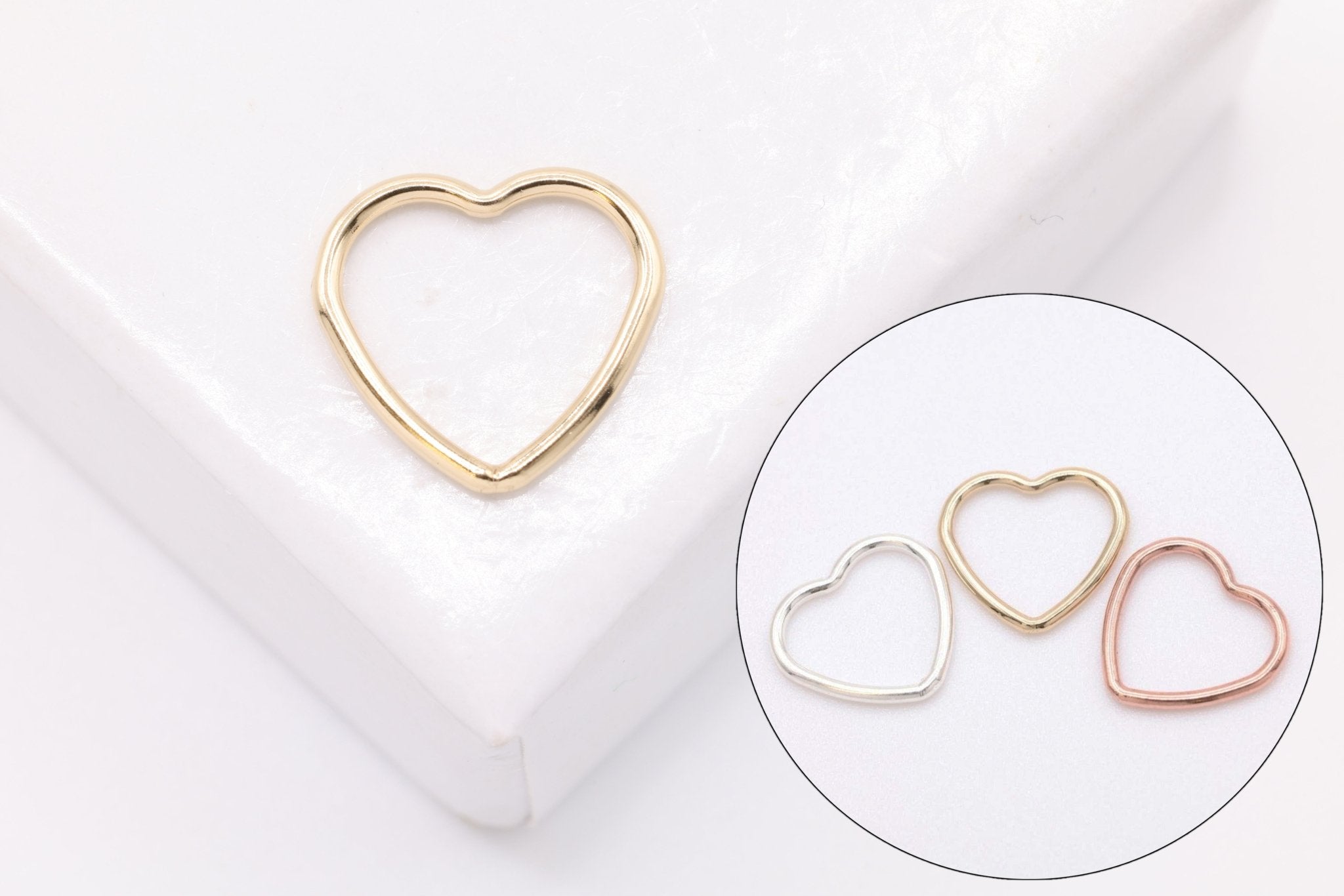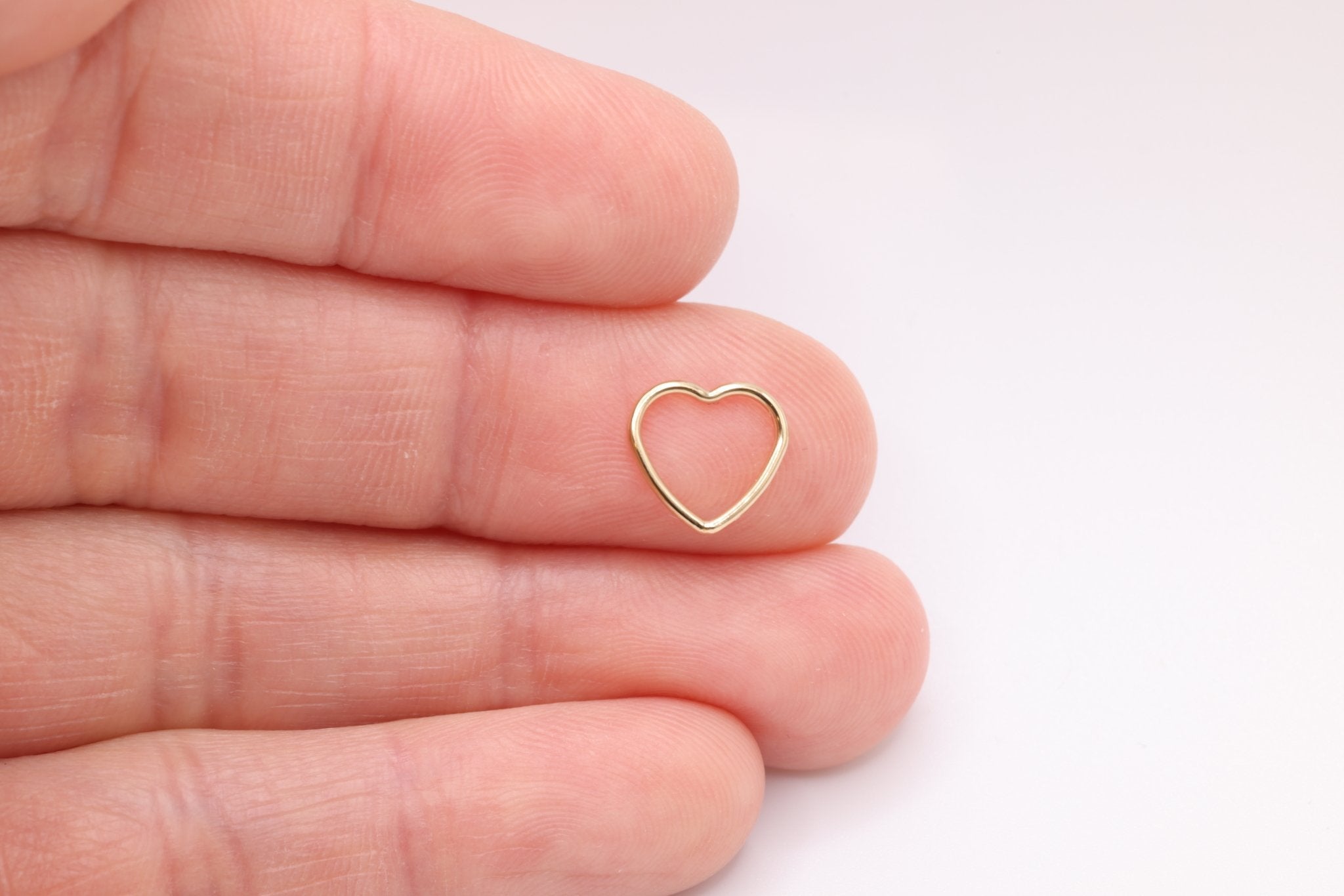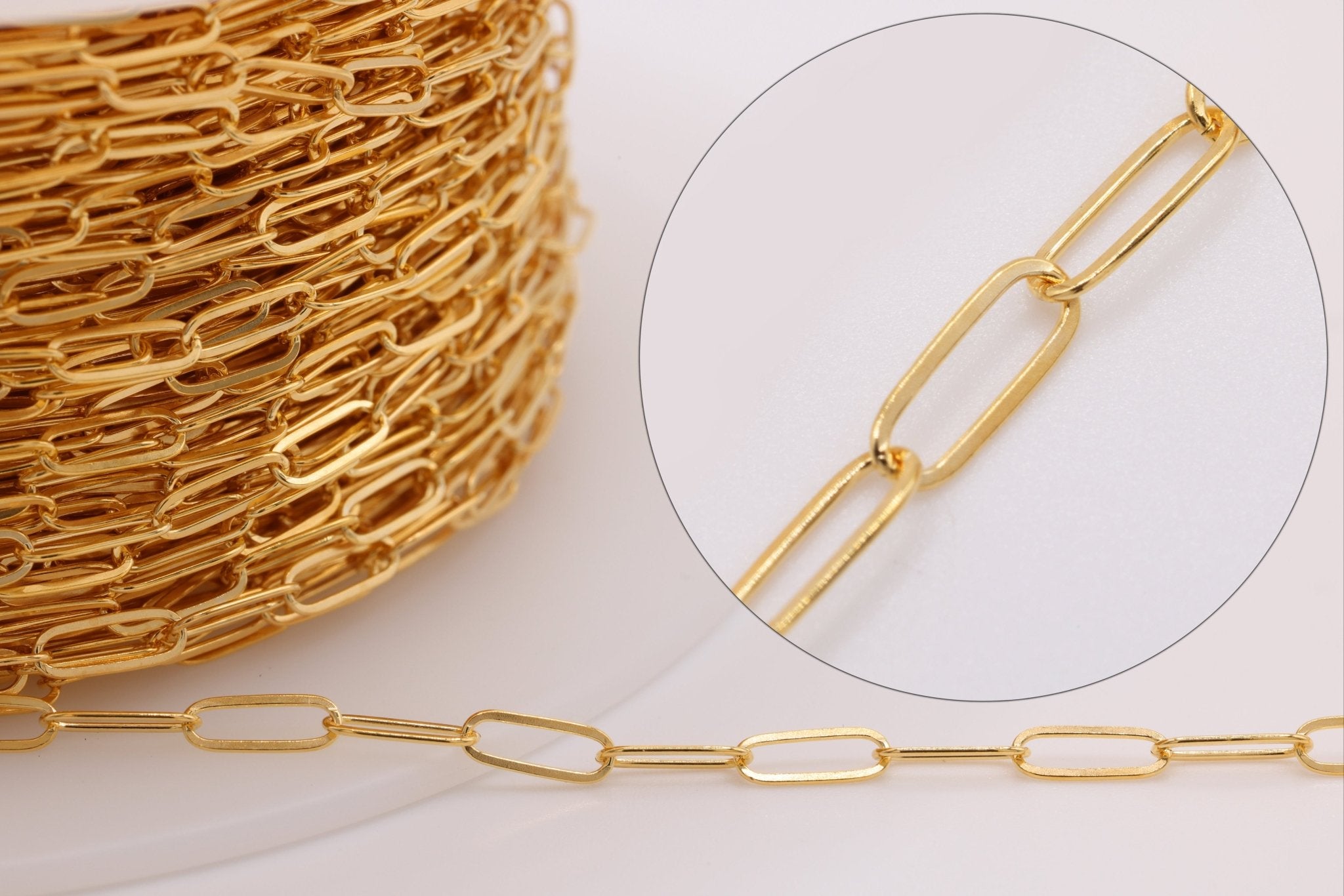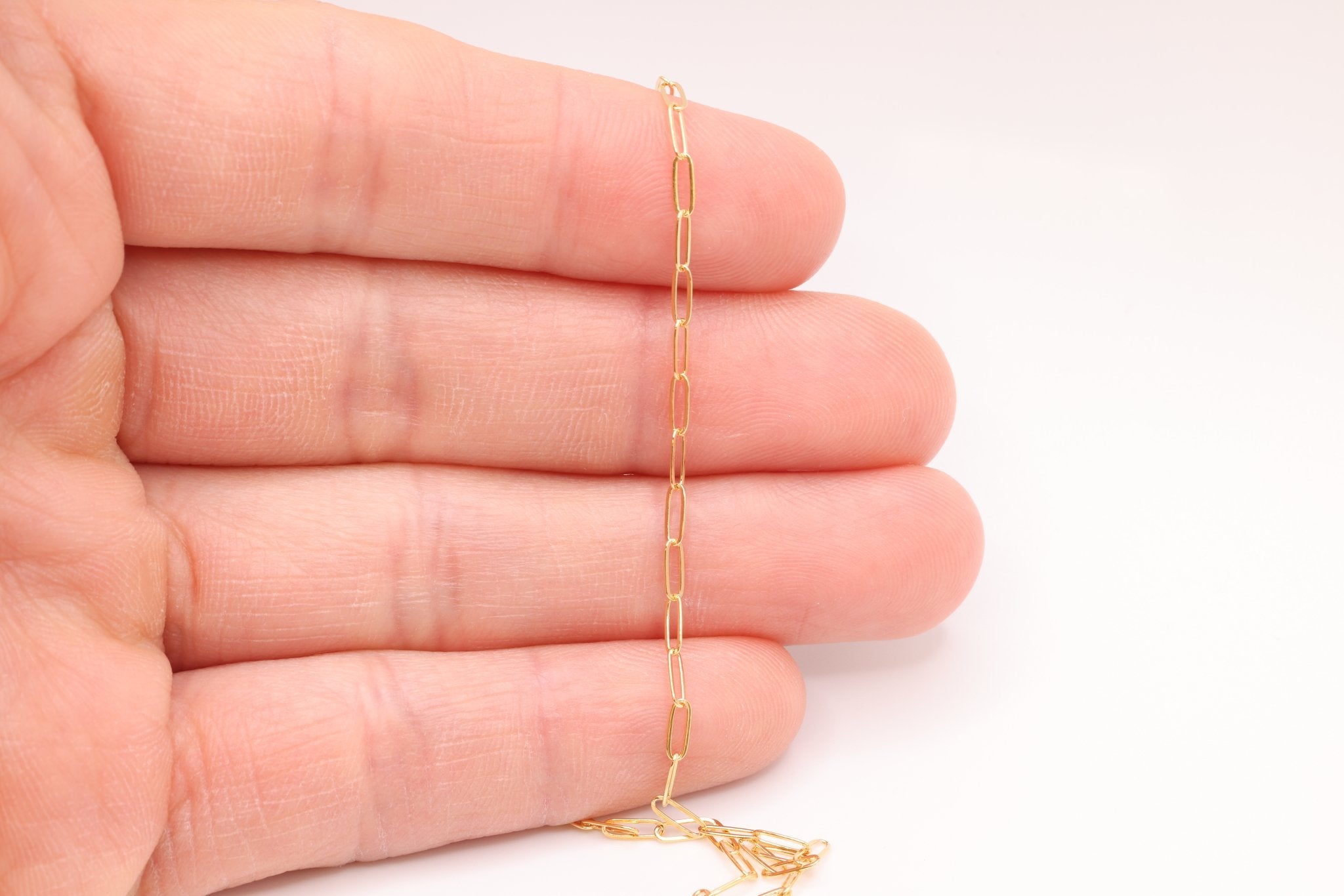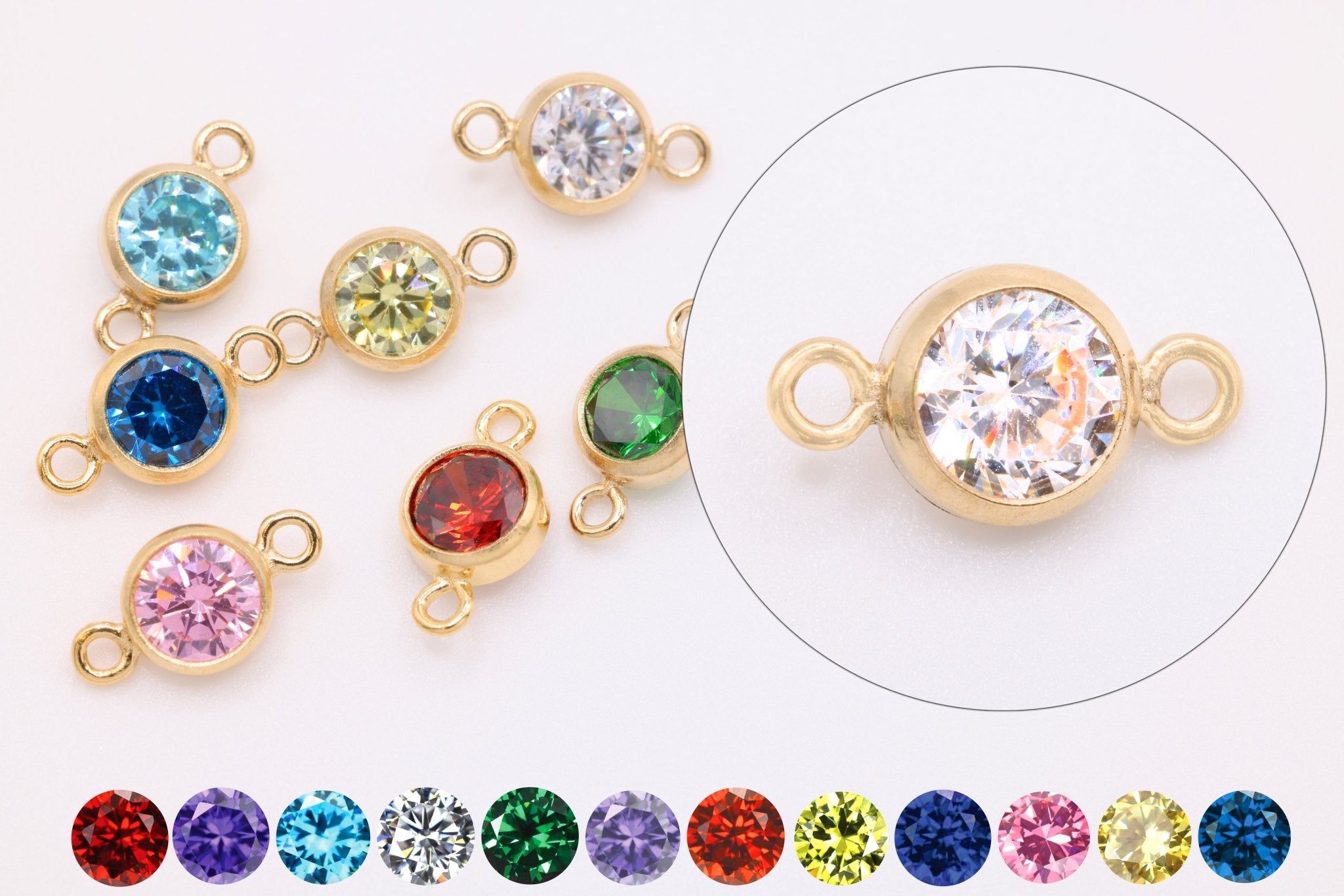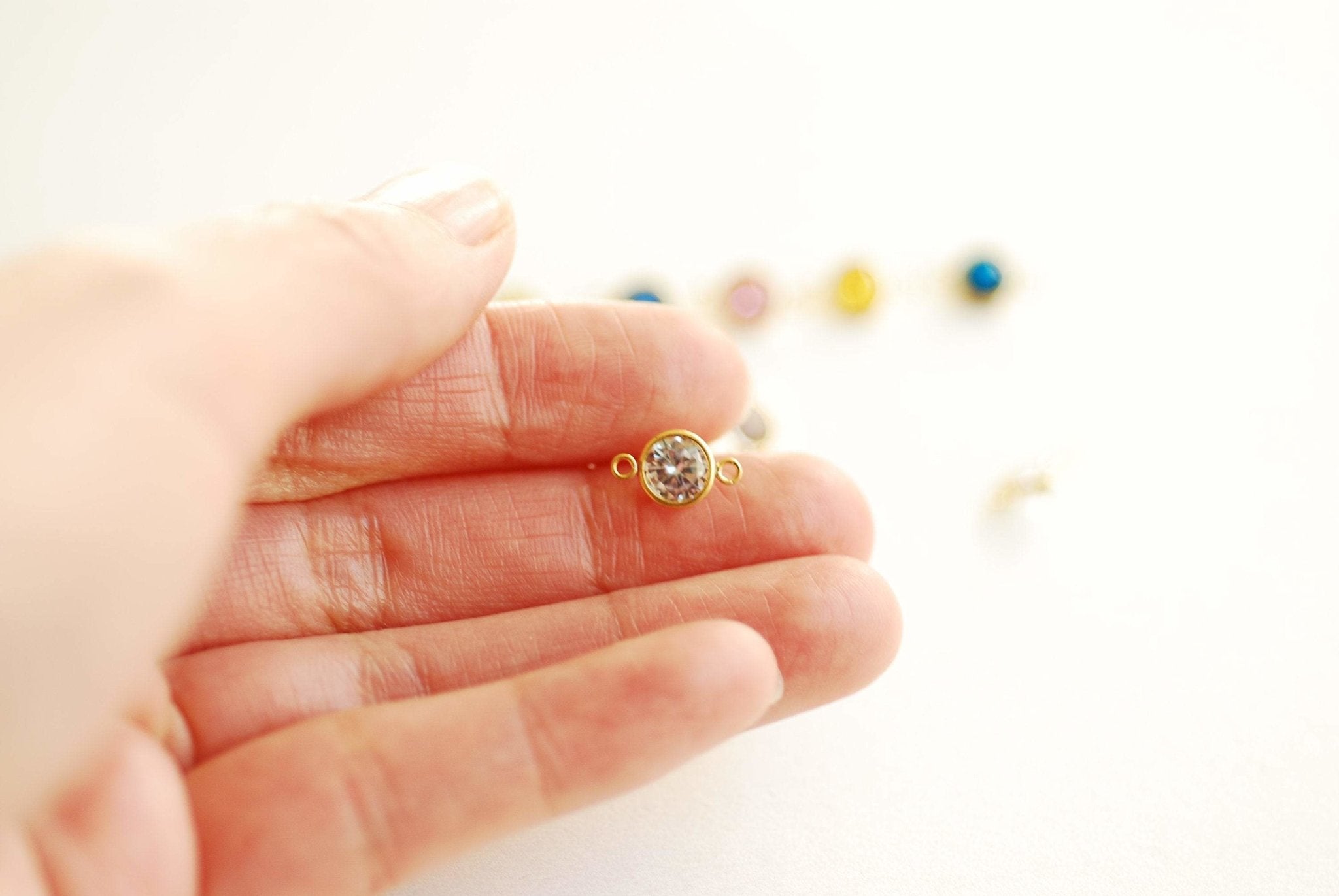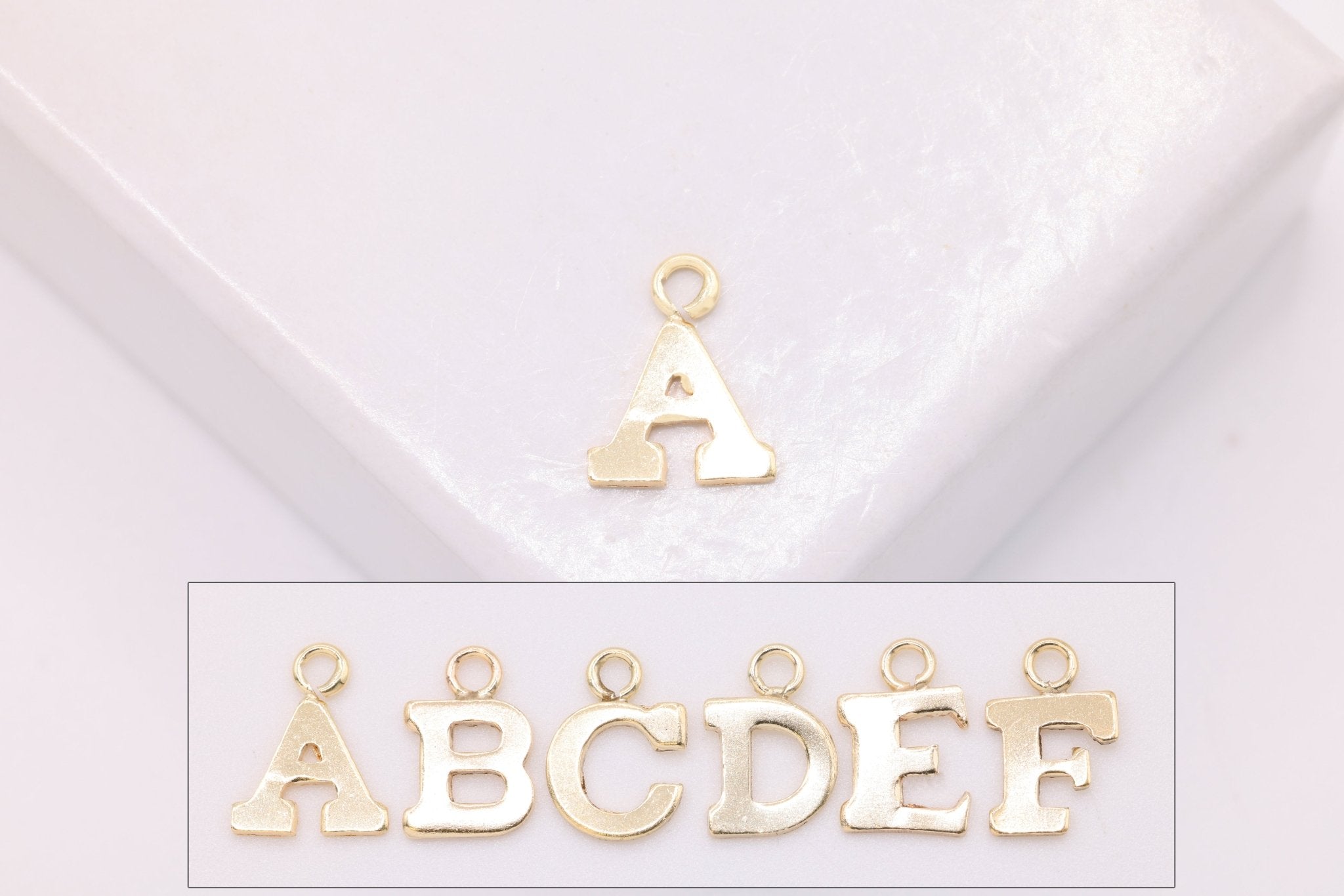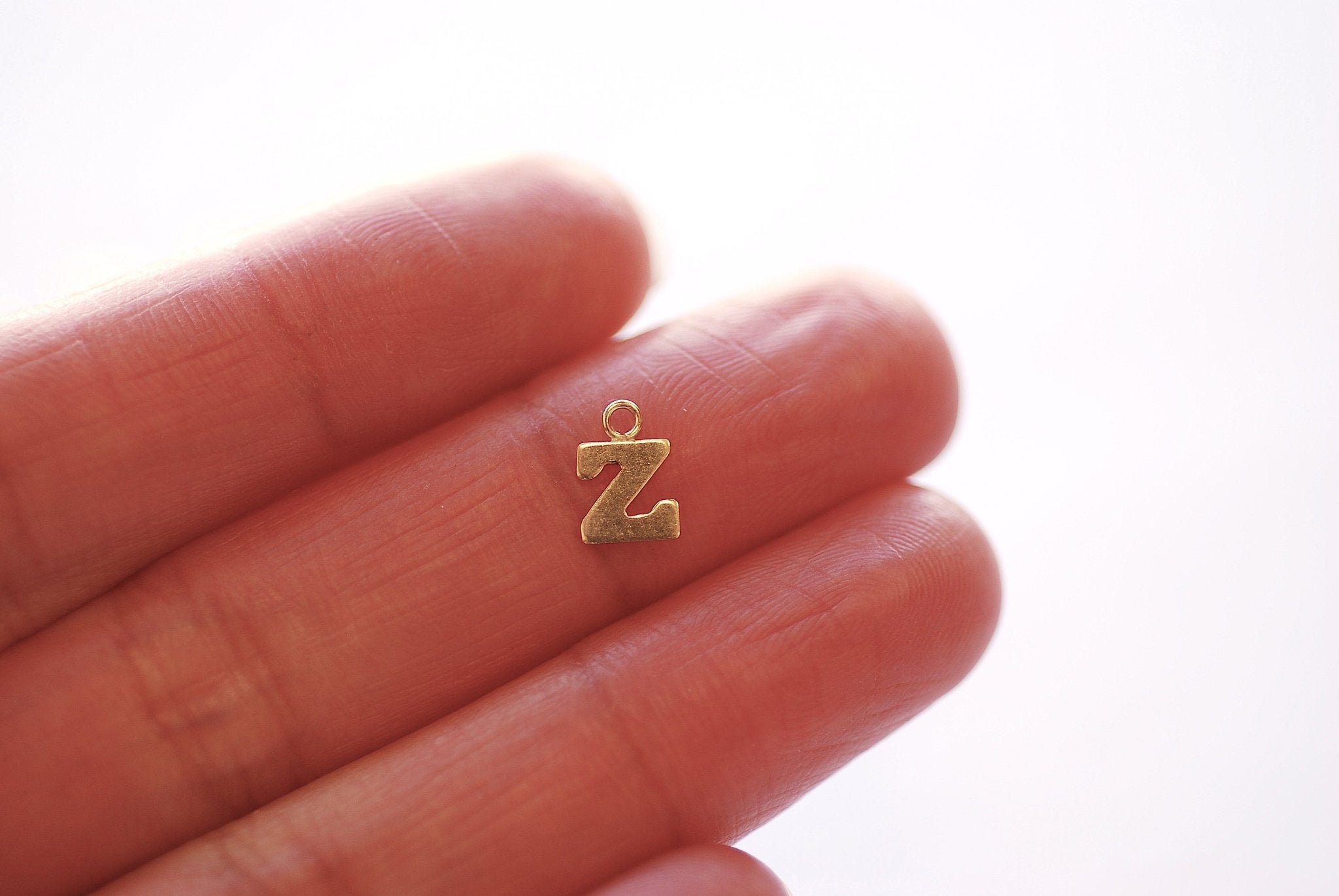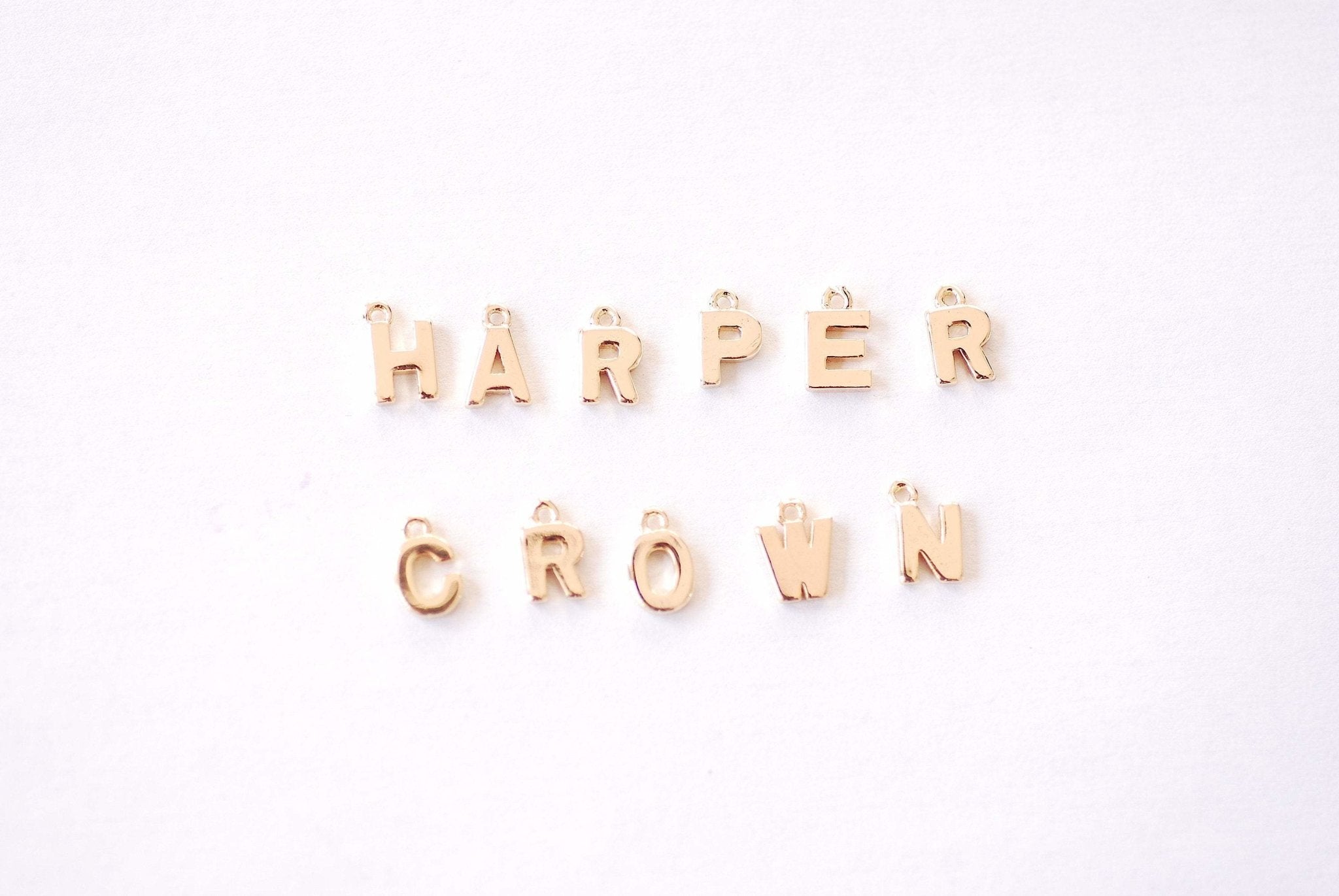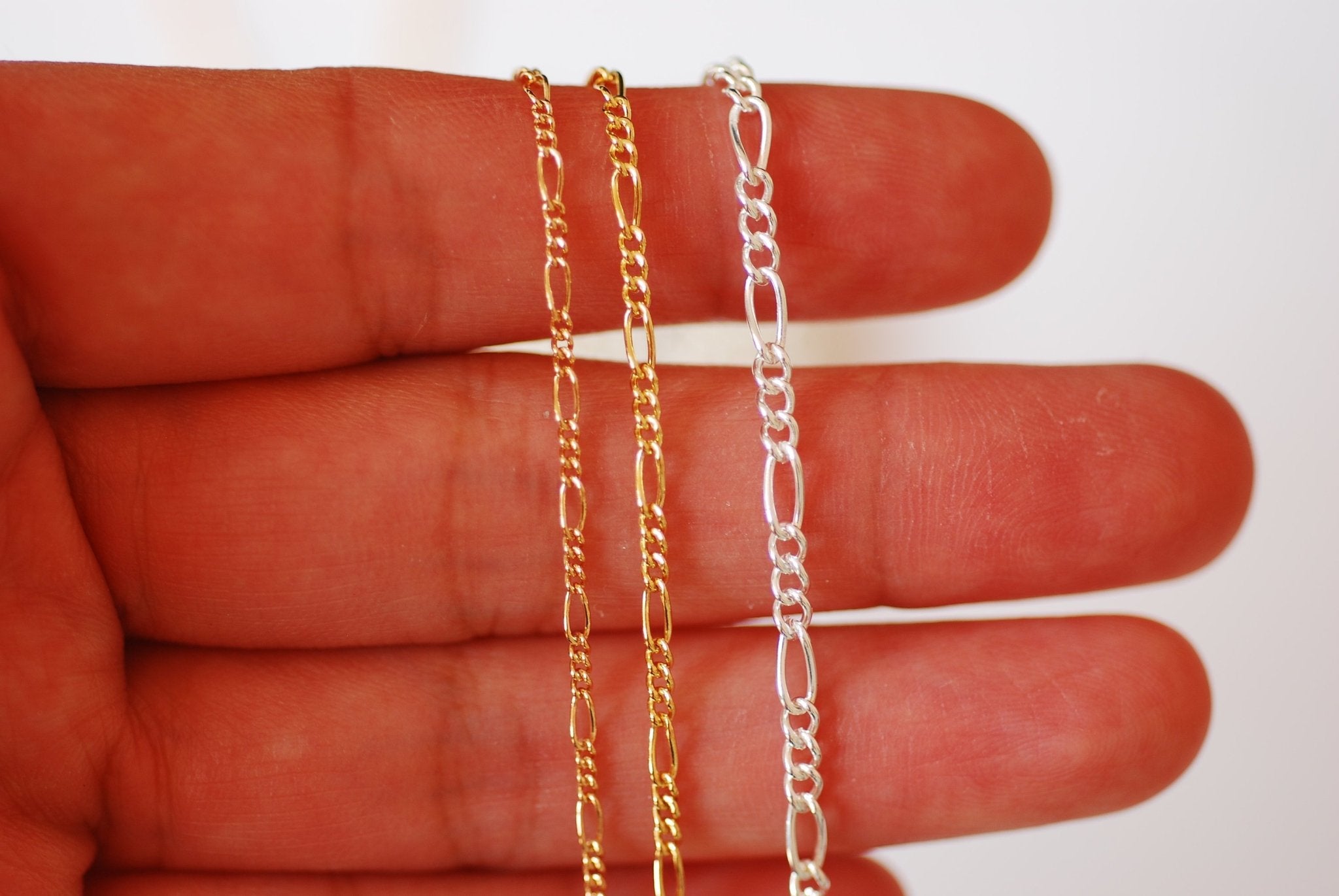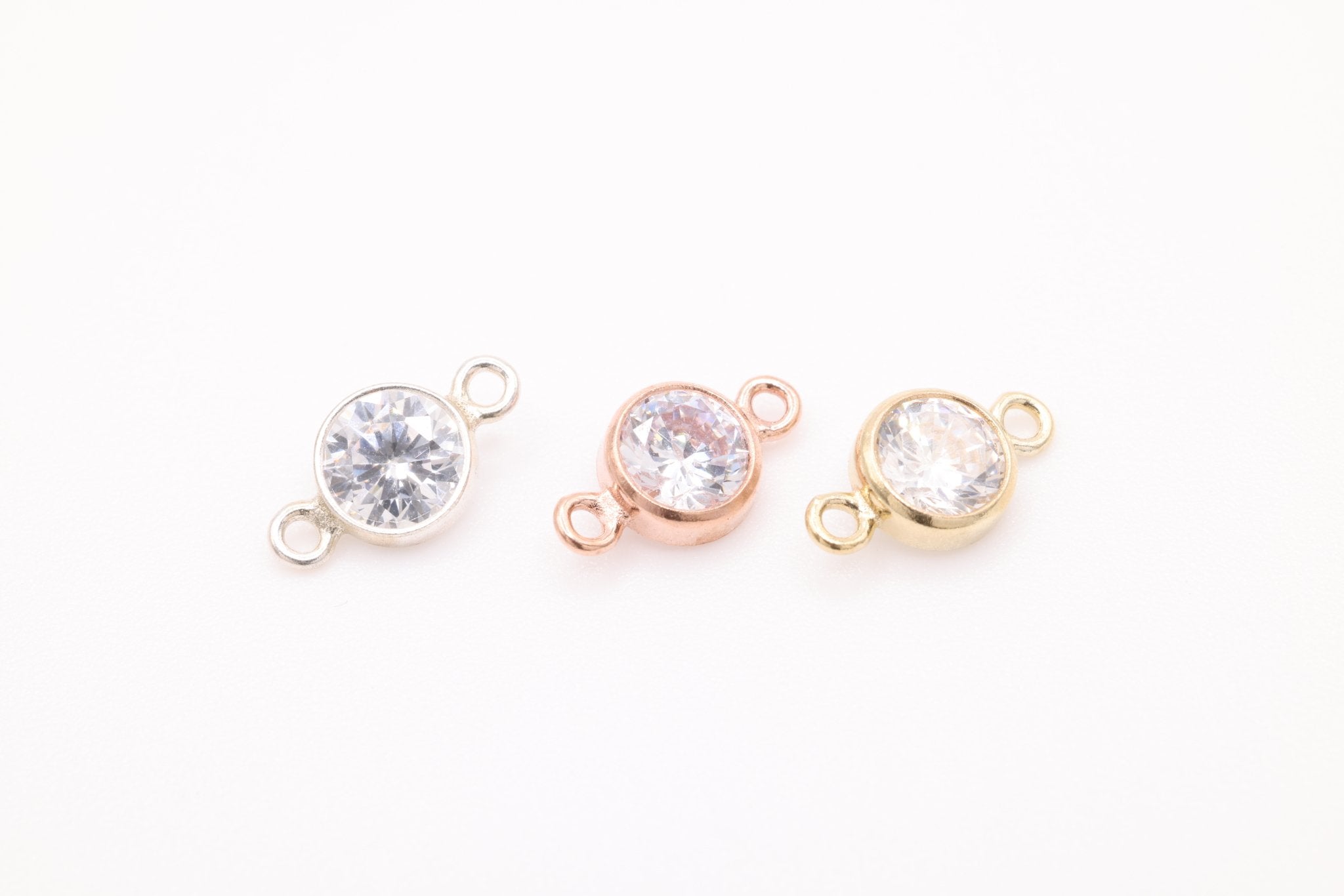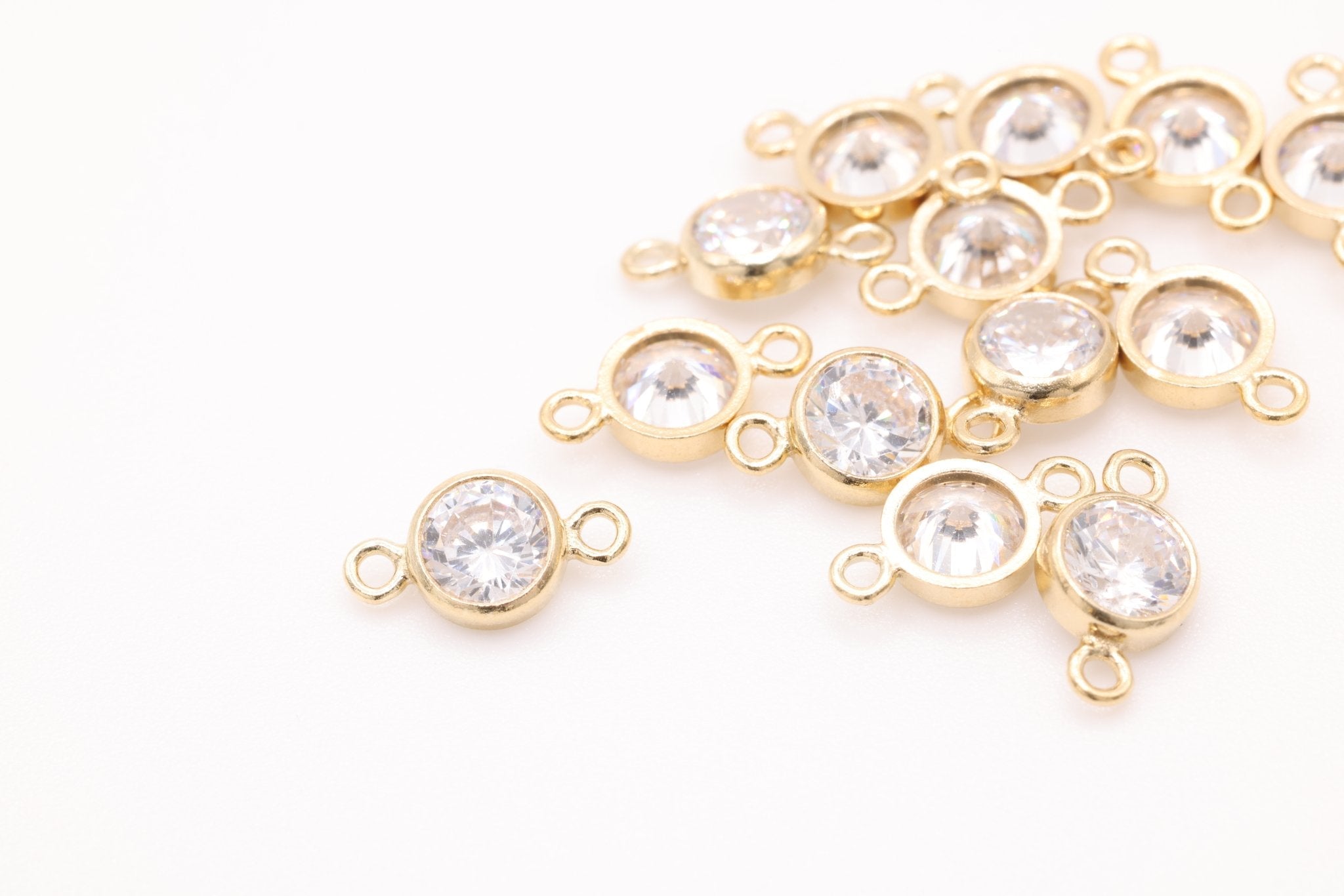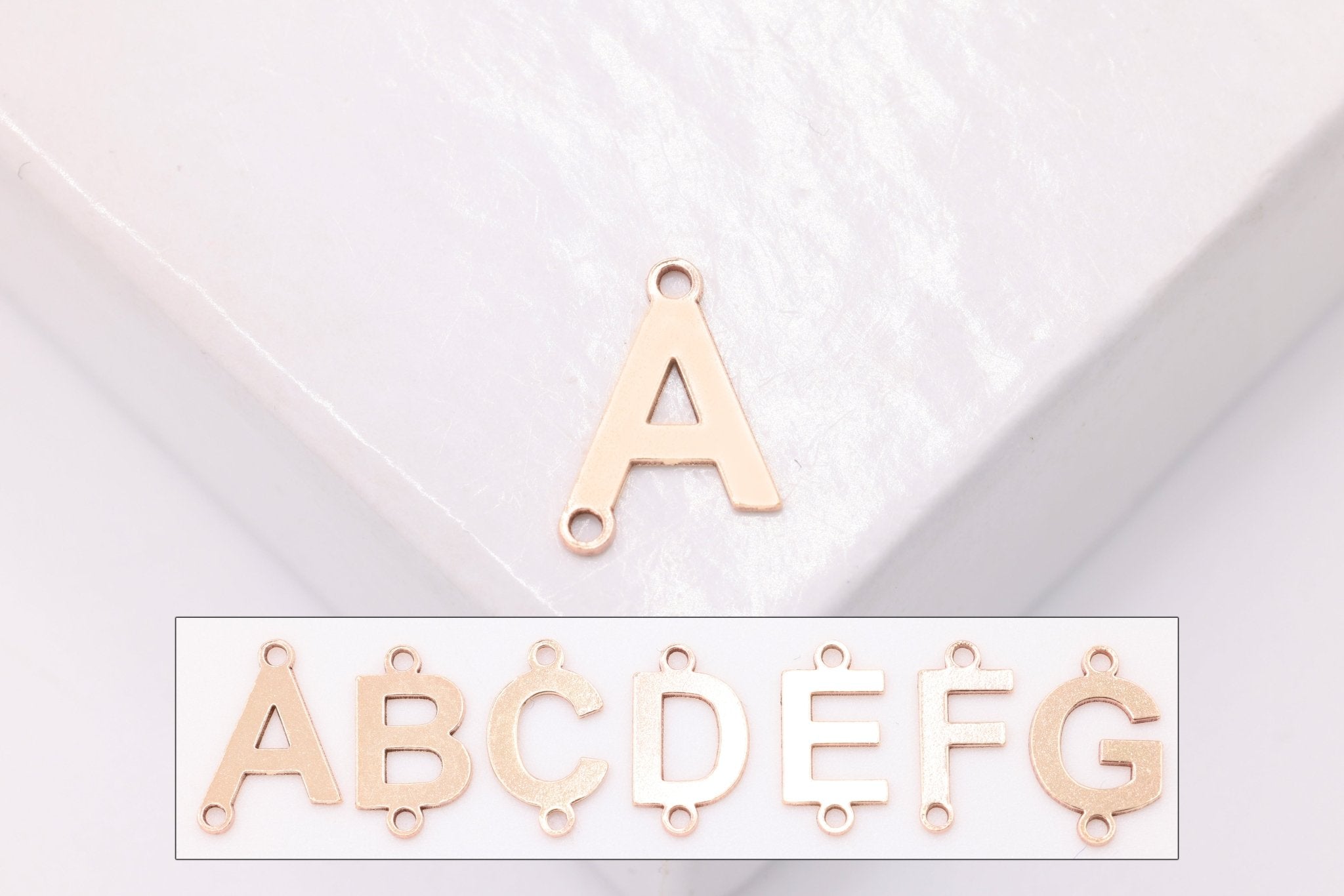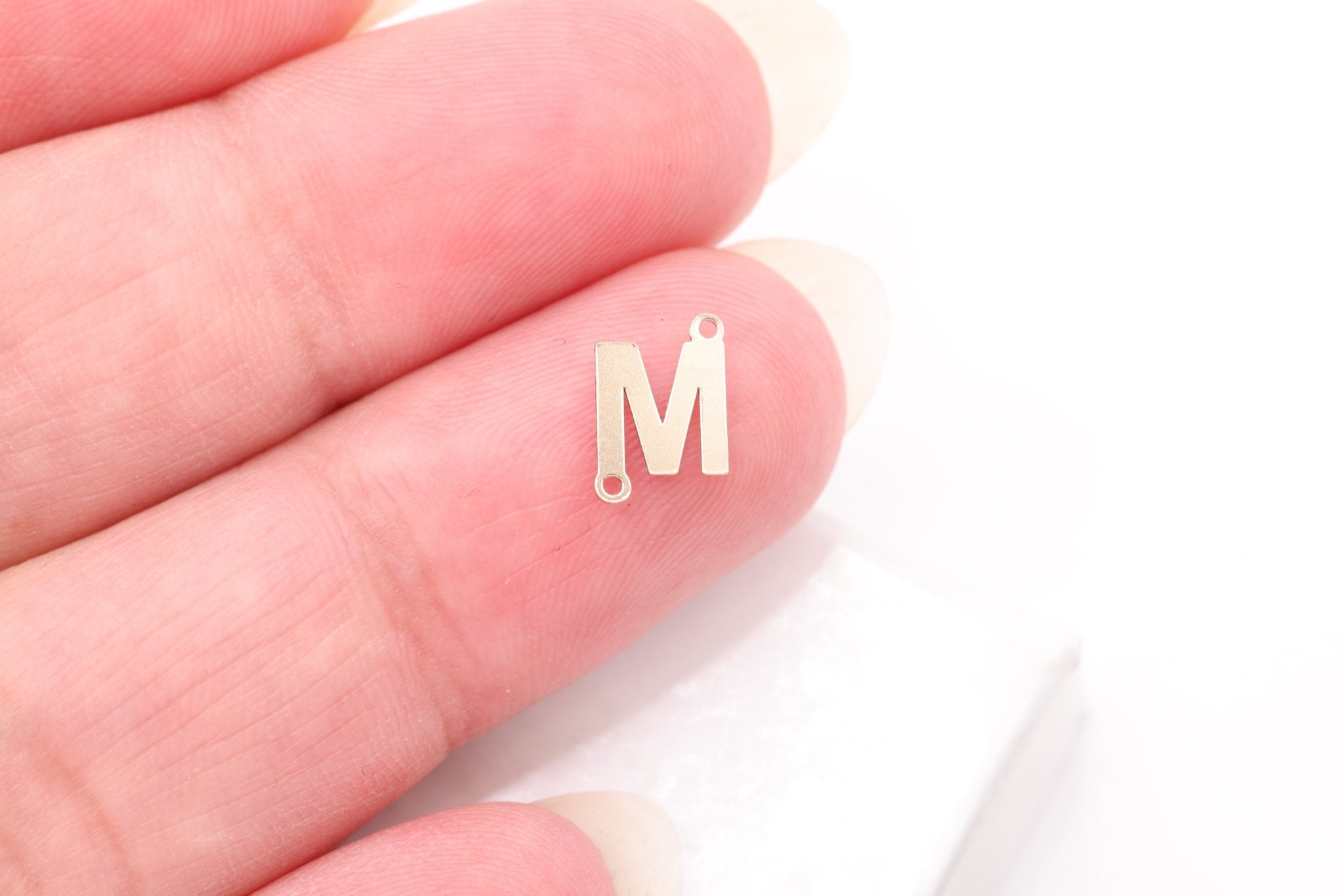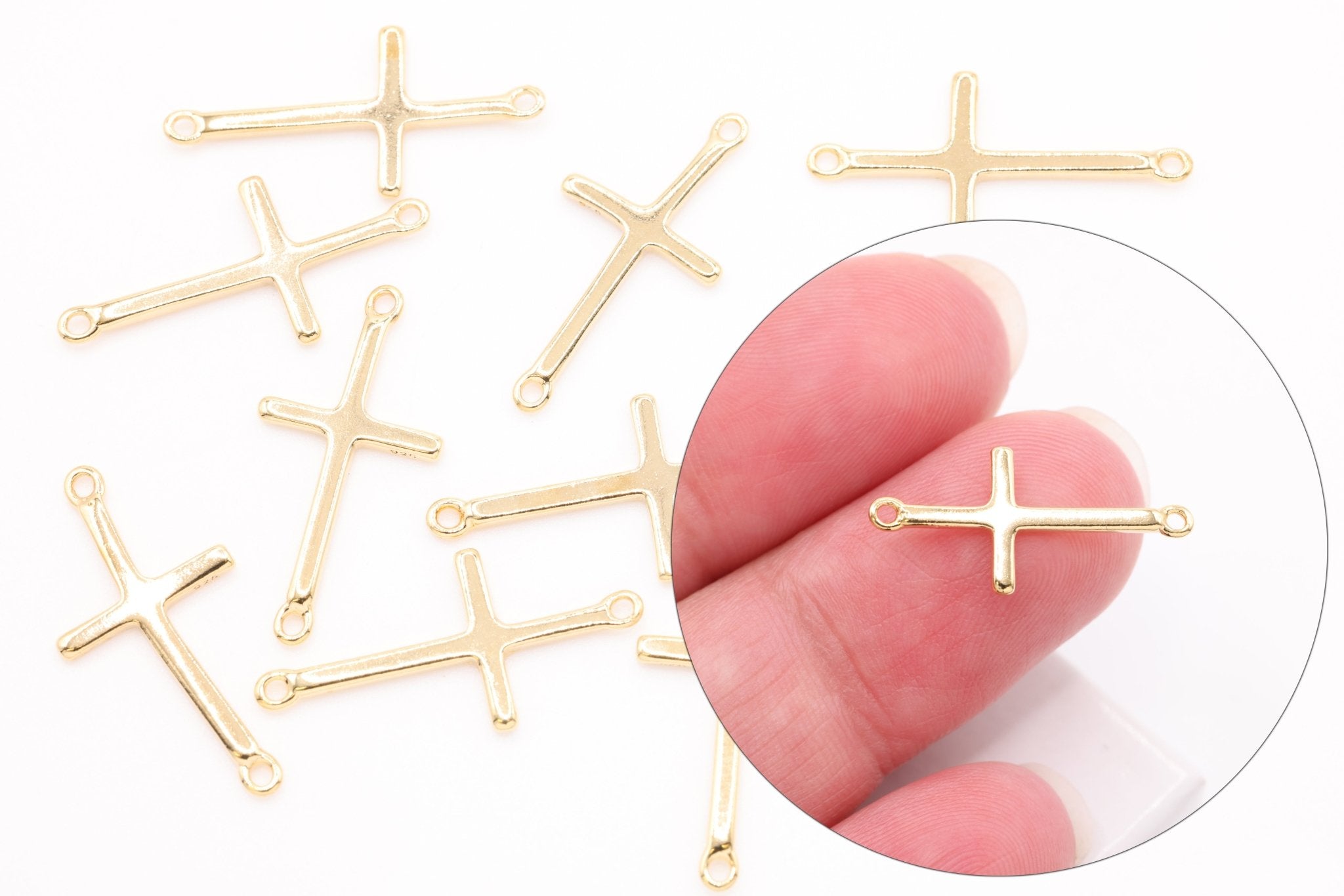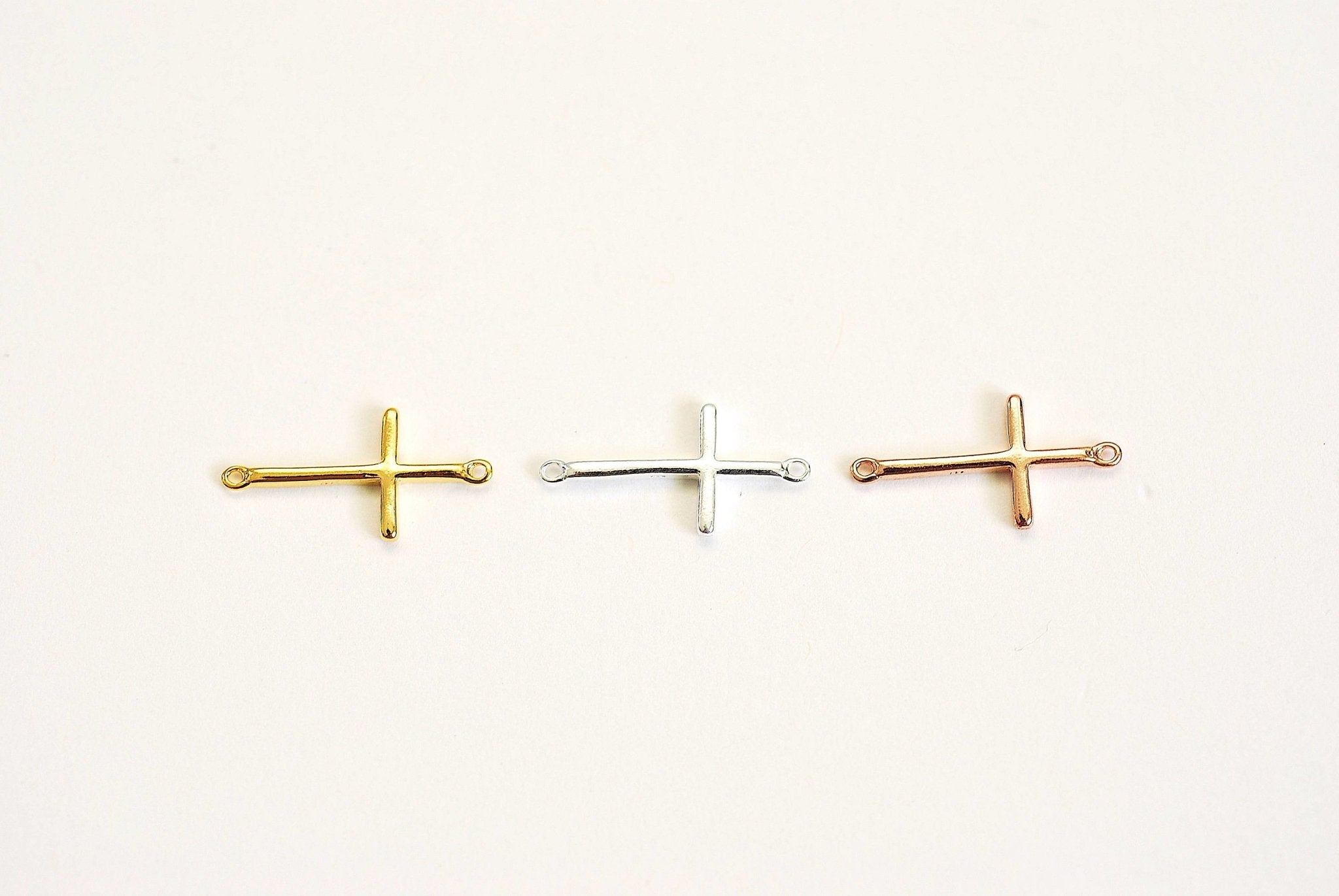By: Leslie H.
The humble bee, with its golden stripes and tireless buzz, has inspired human imagination for millennia. From ancient cave paintings to modern-day logos, bees have been revered for their industrious nature, communal living, and, of course, their sweet honey produce. Let's delves into the multifaceted symbolism and historical significance of bees across various cultures and eras.
The History of Bees:
By the Eocene epoch, around 56 million years ago, the first true bees emerged, complete with the complex social structures and honey production we know today. These early bees, like the Trigona and Melipona species, built their hives in trees and cavities, laying the foundation for the intricate societies that would captivate humans for centuries to come.
Around 4,500 years ago, the Egyptians became the first to practice beekeeping, using mud and straw hives to attract and manage colonies. In Egypt, bees were believed to be tears of the sun god Ra, symbolizing birth and death. Hieroglyphs often depicted bees as symbols of royalty and power. This marked a turning point, allowing humans to not only gather honey but also benefit from the pollination services of bees.

Religious Symbolism of Bees:
In Christianity, bees have been used to symbolize virtues like diligence and hard work. The beehive often represented a well-ordered society, with the bee embodying self-sacrifice for the common good.
In Hinduism, the god Vishnu is sometimes depicted as a blue bee resting on a lotus flower, symbolizing the interconnectedness of life.
During the medieval period, bee symbolism took on new dimensions. Monastic communities admired bees for their discipline and efficiency, often keeping beehives as a source of wax for candles and honey. In heraldry, bees represented hard work, diligence, and order, often appearing on coats of arms and family crests.
The Enlightenment saw the bee as a symbol of industriousness and cooperation, ideals that resonated with the intellectual movement of the time. Philosophers like Bernard Mandeville used the beehive as a metaphor for society in his famous work, "The Fable of the Bees."

Modern Symbolism of Bees:
In modern times, the bee continues to be a powerful symbol. Environmental campaigns use the bee to represent the importance of biodiversity and the dangers of ecological imbalance. In popular culture, bees symbolize community, harmony, and resilience.
From ancient mythologies to modern environmental movements, the symbolism of bees has evolved but remains deeply ingrained in human culture. These small creatures, essential for pollination and biodiversity, remind us of the delicate balance of nature and the importance of every organism in the tapestry of life. As we continue to navigate the challenges of the modern world, the bee stands as a symbol of cooperation, hard work, and the interconnectedness of all living things.
SHOP Bee Charms and Jewelry

- What are the different types of bees? There are over 20,000 bee species worldwide, including honeybees, bumblebees, carpenter bees, and solitary bees. Each type has unique characteristics and ecological roles.
- Do all bees sting? Only female bees have stingers, and they generally only sting as a last resort if they feel threatened. Male bees and certain bee species like orchid bees lack stingers altogether.
- How important are bees for the environment? Bees are crucial pollinators, transferring pollen between plants and enabling them to reproduce. They contribute to over 75% of the world's crops and play a vital role in maintaining healthy ecosystems.
- What does the bee symbolize in general? Bees often represent hard work, diligence, and cooperation due to their complex social structure and tireless foraging. They can also symbolize sweetness, abundance, and fertility due to their honey production.
- How have different cultures interpreted bee symbolism? Symbolism varies greatly across cultures. In ancient Egypt, bees represented the sun god Ra. In Celtic cultures, they symbolized craftsmanship and order. In some Native American cultures, honey held dualistic meanings of reward and danger.
- Is bee symbolism relevant in the modern world? Absolutely! As concerns about environmental degradation grow, bees have become powerful symbols of ecological balance and the need for sustainability. Their decline serves as a warning for the health of our planet.
- How is bee symbolism used in art and literature? Artists and writers have long employed bee imagery to convey various themes. Bees can represent diligence in fables, warn of temptation in folktales, and serve as environmental metaphors in contemporary art.
- What are some ways to help bees? Planting bee-friendly flowers, avoiding pesticides, and supporting beekeeping initiatives are all positive steps.
- Where can I learn more about bees and their symbolism? Museums, nature centers, beekeeping associations, and online resources offer a wealth of information.

